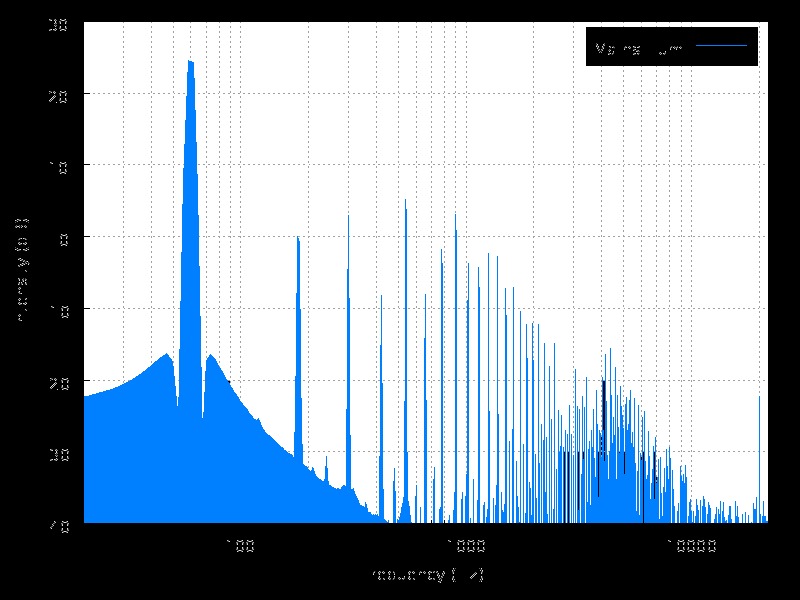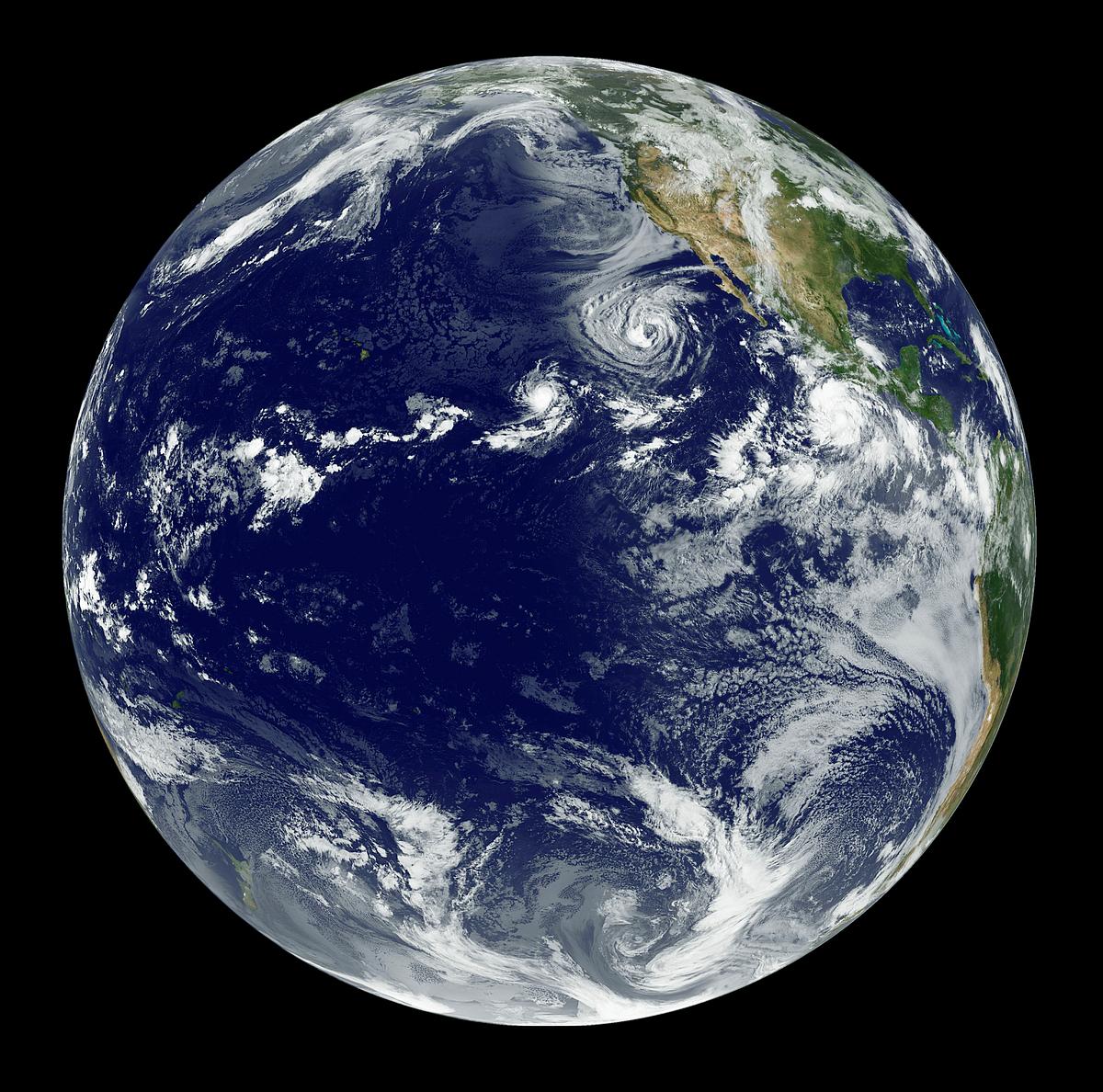You step outside during a quiet evening and feel the ground beneath your feet, solid and still. Yet beneath that apparent calm lies one of Earth’s most fascinating secrets. Our planet is constantly vibrating at frequencies so low they hover between 2.9 and 4.5 millihertz, creating a hum 10,000 times lower than what humans can perceive.
These aren’t random tremors or fleeting disturbances. The Earth hums due to a phenomenon known as “microseisms,” which are low-frequency, long-period seismic waves that constantly reverberate through the planet’s crust, generated primarily by the interaction of ocean waves with the seafloor. Think about it: every storm that churns across the ocean’s surface sends vibrations through solid rock that travel thousands of miles underground.
When Ocean Fury Becomes Earth’s Soundtrack

Storm-driven waves pulsate against the ocean floor and set the whole planet ringing with faint vibrations. Picture massive waves crashing not just on beaches, but continuously hammering the seafloor in deep water. These vibrations arise in two vast expanses: the northern Pacific Ocean during winter and the southern oceans around Antarctica during summer, matching satellite images of the biggest storm-generated waves.
Pressure oscillations produce acoustic waves created through collisions of surface waves, which propagate at twice the frequency and half the period of the surface waves, then batter the seafloor and cause it to vibrate. The process is remarkably precise, almost like nature’s own percussion section playing a rhythm you can’t hear but can scientifically measure.
The Mystery of the 26-Second Pulse

Scientists discovered something even stranger in the early 2000s. Unlike predictable vibrations from earthquakes or ocean waves, this pulse exhibits a regular, almost clock-like rhythm. The 26-second pulse remains one of the most intriguing natural phenomena on Earth, with researchers hoping to illuminate the mechanisms behind these vibrations through global seismic data analysis.
These pulses occur at intervals between 26 and 28 seconds, centered on the Bight of Bonny in the Gulf of Guinea, thought to be caused by reflected storm waves focused by the African coast acting on relatively shallow seafloor. Imagine Earth keeping perfect time like a cosmic metronome, yet science still can’t fully explain why.
How Storms Transform Into Seismic Symphonies

The transformation from ocean chaos to underground hum happens through two distinct processes. Computer models show that colliding ocean waves generate seismic waves taking 13 seconds or less to complete one ripple, while ocean waves moving over seafloor generate slower waves with frequencies of 13 to 300 seconds. Most of the mystery hum comes from these longer waves, with the pressure causing most of Earth’s bell-like ringing.
The source of seismic energy is strongest when significant wave energy travels in opposite directions, occurring when swell from one storm meets waves with the same period from another storm, or close to the coast due to coastal reflection. It’s like two opposing armies of waves creating a seismic battlefield beneath the ocean.
The Nine-Day Earthquake That Wasn’t

On September 16, 2023, Earth shook for nine days and no one could explain why, with seismologists detecting unusual long-lasting vibrations of a very different pattern to earthquake rumbles. Instead of frequency-rich rumbles and pings associated with earthquakes, seismologists received a single vibration frequency, like a monotonous hum.
A 1.2-kilometer-high mountain peak collapsed into a Greenland fjord, causing water to splash 200 meters in the air and creating waves up to 110 meters high, with 25 million cubic meters of rock and ice crashing down. The mathematical model showed how water movement continued for nine days in the uniquely narrow fjord system, creating global vibrations that puzzled scientists worldwide.
Desert Hums and Impossible Sources

Here’s where things get truly bizarre. Researchers have discovered “sourceless signals” where microseisms appear at monitoring stations in regions where no known mechanism should generate such vibrations, with desert locations far from oceanic influence producing readings comparable to coastal areas during active storms.
The Sahara Desert, one of Earth’s most geologically stable regions, reportedly produces microseism readings, though these are typically much weaker than those recorded near active oceanic storm zones, with signals originating hundreds of miles from any significant water body yet maintaining characteristic ocean-generated frequency signatures. How can a desert sing the ocean’s song?
The Planet That Never Sleeps

Earth never experiences true seismic silence, continuing to generate mysterious vibrations with unwavering consistency even without earthquakes, storms, or human activity, suggesting an energy source operating independently of surface conditions. This perpetual motion creates a global network where every seismometer records continuous signals.
Decadal studies show microseism energy is growing as global storms increase in intensity due to rising ocean and atmospheric temperatures attributed to anthropogenic global warming. Our planet’s hum is literally getting louder as climate change intensifies storm systems worldwide.
Reading Earth’s Diary Through Vibrations

Scientists use ambient seismic noise to map Earth’s deep interior and track tropical storm movement and intensity, potentially helping augment climate models by mapping past and present storm trends. While atmospheric scientists primarily relied on satellite data from the late 1960s, seismometers were installed long before satellites launched, offering a much larger dataset potentially extending tropical cyclone information back to the early 20th century.
Seismic noise captures second-by-second changes around the globe continuously over decades, providing an additional method for researching current and past storm trends, intensity, trajectories, and sea ice dynamics. Earth’s vibrations become a historical record written in stone and detected through sensitive instruments.
The next time you feel solid ground beneath your feet, remember that you’re standing on a planet that hums, vibrates, and sings songs too deep for your ears to hear. Some scientists believe the hum is solely associated with ocean waves, while others suspect multiple sources contribute to this planetary symphony. What remains certain is that our supposedly solid Earth dances to rhythms we’re only beginning to understand.
What do you think about discovering that our planet constantly hums beneath our feet? Tell us in the comments.



